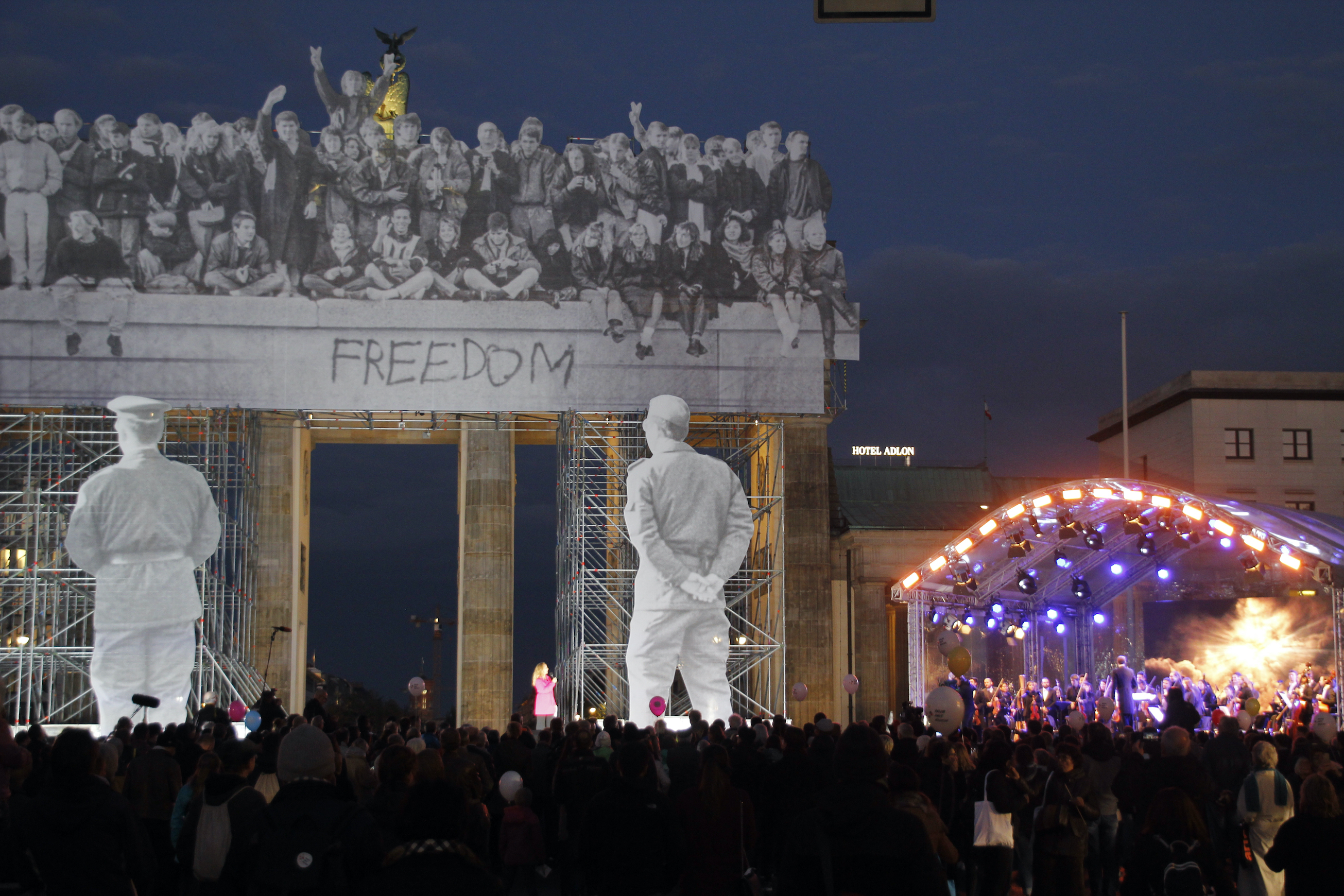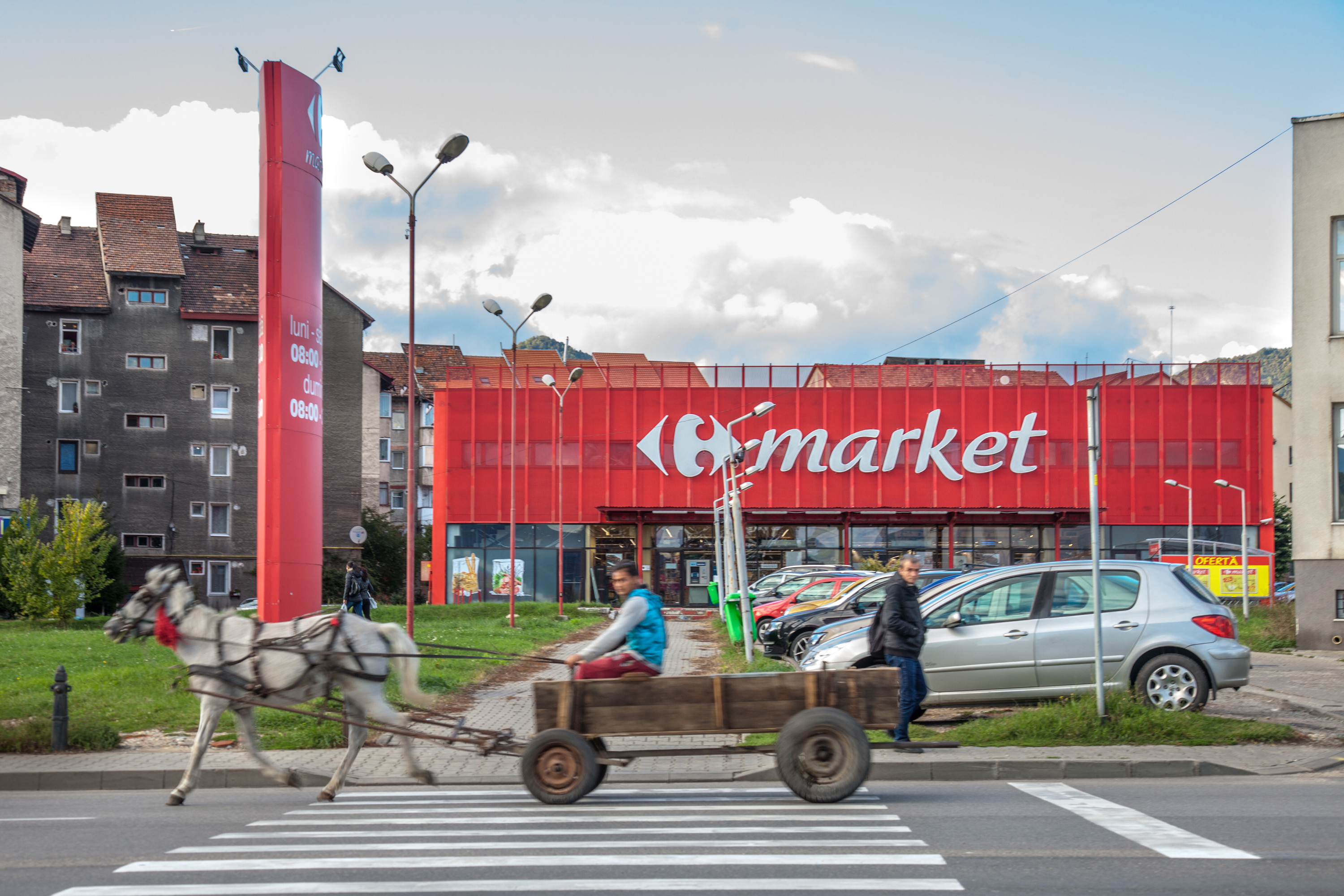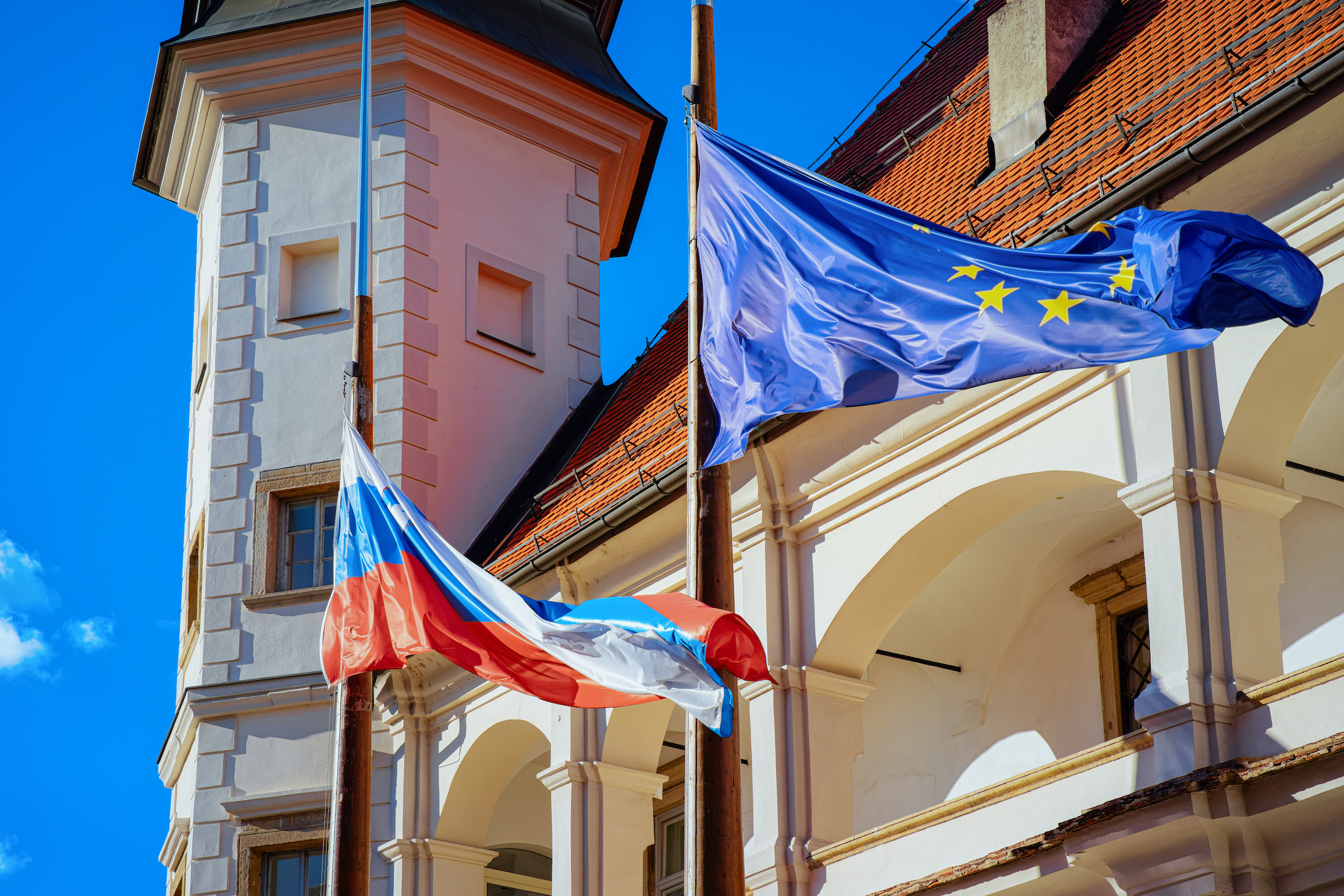I would put out the claim that 1989 is the best year in European history so far – name me a better one. The reasons for that are, first of all, that normally when Empires end or European orders crumble, there is war, there is violence, there is often revolution. In this case, not just a totalitarian Empire, but a nuclear-armed totalitarian Empire – namely the Soviet Union and its bloc – softly and suddenly vanished away, mainly through peaceful revolutions, with hardly a shot fired in anger.
There was some violence in Romania. The Ceaușescu were shot. There was the expulsion of the Turks from Bulgaria. There was some violence in the Baltic States. But in 1989 itself, that vast transformation, for which the fall of the Berlin Wall is a great symbol, happened almost entirely peacefully.
I would argue that we still live in what I would call “post-Wall” Europe, not just post-war Europe but “post-Wall” Europe. Everything that has followed – the unification of Germany, the largely successful transitions to democracy of many of the Central and Eastern European countries, and the way in which they have now joined the European Union and NATO, so that, for the first time in European history, most countries in Europe are more or less liberal democracies joined together in the same political and economic communities – we’ve never seen that before in European history. Hence my claim that 1989 is arguably the best year in European history.
The best-case scenario for Europe in 1989
Nobody knew in 1989 that this was going to turn out well. On the very day of the first semi-free Polish elections, on 4 June, there had been the Tiananmen Square massacre. Nothing was inevitable about this development. It wasn’t just the great historical forces, the relatively better economic performance of the capitalist West, the growing dissatisfaction of the peoples of Eastern Europe with the Soviet model. It was extraordinary personalities – Gorbachev, John Paul II, Helmut Kohl, arguably even Ronald Reagan, Lech Wałęsa, Václav Havel – but also good luck which contributed greatly to this incredible success.
I was in all the European capitals at that time. At the end of the year, I thought things could go quite badly wrong, which they did in former Yugoslavia, descending into war and genocide and the worst of European history; but in East-Central Europe, we managed the transitions to democracy and to the European Union. I think it’s hard to argue except in some sort of utopian vision that things could have gone better in countries like Poland, the Czech Republic or Hungary. Of course, they could have gone a lot better in former Yugoslavia. The true miracle is that Estonia, Latvia and Lithuania, countries that did not exist on the map of Europe in 1989, are now more or less liberal democracies and members of the EU and NATO. That’s extraordinary.
The turbulent transition to democracy
There are whole volumes of books about how you turn capitalism into communism. But no one had written the book about how you turn communism – in which there’s no private property, a centrally planned economy, no effective rule of law, very little civil society – back into a democratic capitalist society. The joke at the time was, we know how you can turn an aquarium into fish soup, but can you turn fish soup into an aquarium? Nobody knew how it would be done. There was no instruction book. Neoliberalism, shock therapy, the idea of the free market were the answer to everything. At the time, people just thought, that’s how you get a functioning economy as you have it in the West.
The rush towards the free market and democracy
It’s very easy with hindsight to point out everything that went wrong, but at the time, no one had a better alternative than taking the shock and trying to move fast towards a free market economy and a multi-party democracy and building up civil society. I would say the biggest mistake we made in the early 1990s was not to pay enough attention to the rule of law because in the absence of the effective rule of law and independent courts, you had massive corruption. Further east in Europe, you had regimes like those in Ukraine and Russia, which effectively became kleptocracies, and that was a big flaw of the transition.
I remember long conversations with my friend Ralf Dahrendorf, in his college at Oxford. He was a warden at the time and we were amongst those who propagated the holy trinity of transition, which was multi-party democracy, free market economy and civil society. It should have been four things, not three. We simply didn’t pay enough attention to the rule of law at the start; whereas, if you look at the way Western European democratic societies evolved, France or Britain, they had the rule of law, independent courts and a strongly independent legal profession before you got to multi-party democracy.
With the so-called “shock therapies” and the brutal transition to a market economy, the key feature was privatisation on a massive scale never seen before in European history. Margaret Thatcher’s privatisation was nothing compared to what happened. To give you one example: Thatcher privatised about 50 State-owned companies. In Poland, there were 7,000 State-owned companies in 1990. In the course of that privatisation, people who had been prominent in the former communist system, the nomenklatura, and even in the secret services, got a lot of the goodies because they knew where to look. They were quick off the mark and there was massive corruption in the process.
That had two effects. First of all, built-in corruption from the start. Second, people who had lived in societies that seemed fairly equal – they weren’t that equal, but they seemed fairly equal – saw soaring inequality. We had that in Britain or America in the 1990s and 2000s. The difference in this is that the people who got rich overnight, who’d become billionaires and oligarchs, were often former communists or even former secret police or people with close connections. It was called the privatisation of the nomenklatura. So, it wasn’t just unhappiness about soaring inequality, winners and losers. It was also a sense of deep historical injustice. That’s, I think, the peculiar feature that feeds populism in post-communist Central and Eastern Europe.
A civilisational leap forward
Per capita income in Poland in 1989 was about one fifth of what it was in Spain, and roughly the same as it was in Ukraine. Thirty years later, per capita income in Poland is three times that of Ukraine. There’s been extraordinary economic growth. For the lucky half of society, this meant, what people in Eastern Europe called, a civilisational leap forward: an extraordinary growth in life chances.
To make it personal, when I started travelling behind the Iron Curtain in the late 1970s and early 1980s, the life chances of my children growing up here in Oxford and those of my friends’ children growing up in Warsaw, Prague or Budapest were incomparably different. My children had much better life chances.
Sowing the seeds of scepticism
Now, the life chances are roughly comparable, partly because having joined the European Union, well-educated, energetic, dynamic people – if they don’t find enough opportunities at home in Poland or Hungary or Slovakia – can come to study, live and work in Western Europe. So, for the lucky ones, the answer is an overwhelming yes. Their hopes have been realised and their life chances are much better. They’re more free; they’re more prosperous. They have a more open, more cosmopolitan, more European way of life.
The trouble is, there’s another half of these societies – people who live in the countryside or in small towns, who don’t have higher education; often people who are slightly older and didn’t really grab the chance of the change. They’ve been very disappointed. The Velvet Revolutions did not deliver what they were hoping for, and these are the people who, 30 years later, are voting for the nationalist populist parties and are very sceptical about Europe.
Central Europe is an extraordinarily rich cultural area. Paul Celan, the great poet, said his native Czernowitz was a place where people and books lived. Think of all the great writers who came out of Central Europe: Misiewicz, Kafka, Kundera … the list goes on and on. I hoped very much that this would be a great cultural enrichment of the whole of Europe.
Pope John Paul II, the Polish pope, said that Europe needs two lungs to breathe: the Western lung and the Eastern lung. I think that to some extent, there’s been disappointment. There hasn’t been as much of an enrichment as one would have hoped for, but we certainly have an incredibly diverse Europe, and the experience of ordinary Europeans is massively enriched by going to Prague or Kraków or Budapest.
The biggest lesson from 1989?
I think the lesson from 1989 is that we should practise what we preach; that’s to say, we preach all these good things to the new democracies of Central and Eastern Europe. Indeed, we turned them into a set of conditions – the Copenhagen criteria – for joining the European Union. Yet, it turned out that once they got in and were full Members of the European Union, they could do pretty much whatever they liked.
I’ve always thought that showing is more important than telling: that the power of our example is more important than the example of our power. Perhaps, for me, the biggest mistake we made was that we did not practise what we preached.


